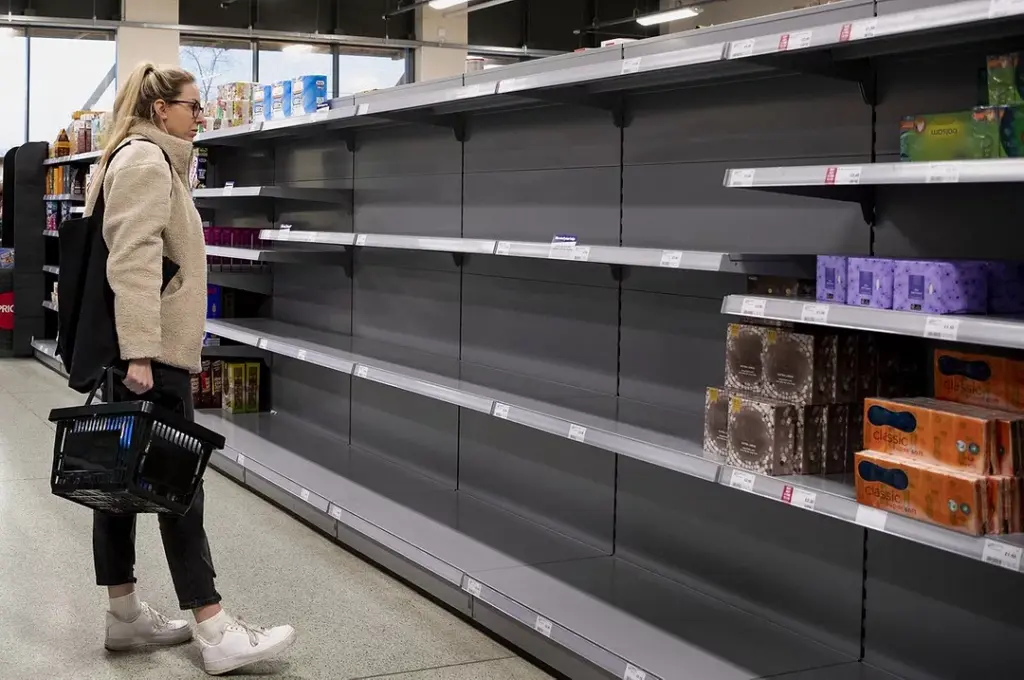
A recent report by warehouse robotics vendor GreyOrange highlights a significant impact of tariffs and economic instability on U.S. retail stores. The study, titled “Eye on Inventory,” reveals that customers are facing empty shelves, increased frustration, and staff shortages. Released on September 25, 2023, the report suggests that the upcoming holiday shopping season in 2025 could be the most unpredictable since the COVID-19 pandemic.
The report has prompted The Guardian to launch an online survey inviting feedback from shoppers and retail workers about their experiences amid these disruptions. While much analysis surrounding tariffs has focused on broader economic implications, GreyOrange aimed to gauge the tangible effects felt by retail operations on a daily basis. In July, the company surveyed 500 middle and senior managers across various retail sectors, including general merchandise, grocery, and apparel.
Determining the specific tariffs affecting different sectors has proven challenging. President Donald Trump has frequently altered the tariff percentages on imports. According to The Economist on October 8, 2023, the average tariff rate in April was estimated at nearly 30%, but current estimates place it closer to 18%. Tariffs are contributing approximately 0.3 percentage points to inflation, with employment in tariff-exposed sectors like manufacturing and retail showing signs of weakness.
The uncertainty surrounding America’s approach to economic isolationism has left many businesses and their suppliers in disarray. Capital expenditure investments have stalled, and hiring has slowed significantly. Kristalina Georgieva, managing director of the International Monetary Fund, noted, “Buckle up: uncertainty is the new normal,” on October 8, 2023.
The GreyOrange survey indicates that retail stock is facing notable disruptions due to these tariffs. Managers report increased instances of empty shelves, lower sales, and stockouts since April 2025, when the tariff volatility began. The report states that headquarters have instructed managers to cut labor, reduce inventory, and raise prices in response to these challenges.
Staffing cuts are further impacting store productivity, as many daily operational tasks are being skipped due to insufficient personnel. The authors of the report emphasize that the retail industry is undergoing significant transitions. As brands restructure their supply chains, both customers and managers are acutely aware of these changes in the aisles.
The data presented by GreyOrange underscores how issues with inventory, exacerbated by tariffs and economic uncertainty, influence customer experience, daily operations, and overall sales. As the retail landscape continues to evolve, the ramifications of these economic policies will likely be felt widely across the sector.






